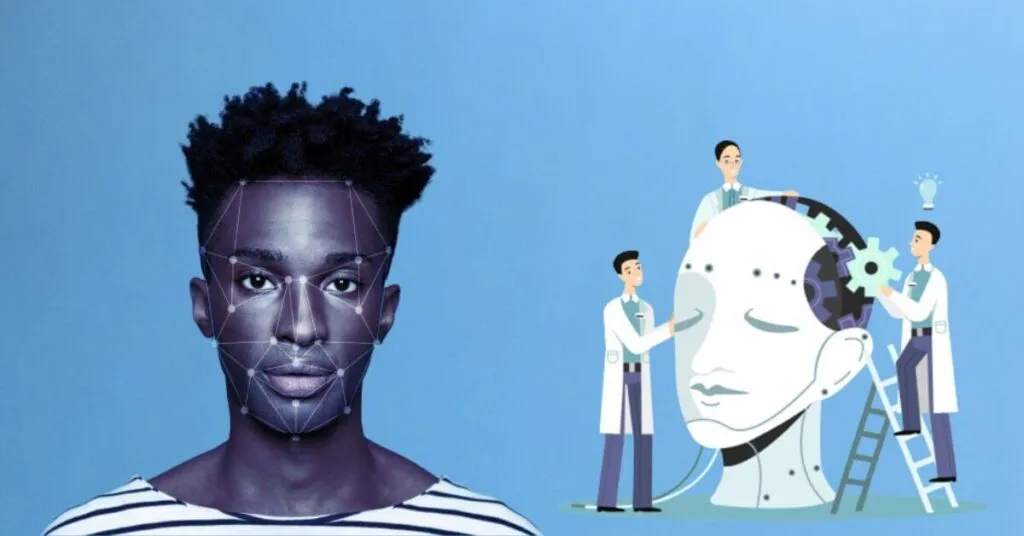Can Artificial Intelligence Recognize Emotions – Emotions guide90% of human activities, they drive us to action and are the basis of all the choices we make on a daily basis, they determine some goals that we set for ourselves and they even decide which data are most relevant to our brain.
The importance of emotions in the life of every individual has generated considerable attention in the economic field, with studies on cognitive economics and subsequently the birth of a new discipline, .
Think, for example, of those who prefer to buy Coca-Cola over Pepsi, do you think there may be rational reasons behind it? Is Coca-Cola really better than Pepsi?
If you are one of Coca-Cola’s loyal consumers it is because you are reflected in the brand’s values, because it is capable of arousing certainemotionsin you that Pepsi, on the other hand, does not.
Pepsi and Coca-Cola don’t have substantial differences that should lead us towards one or the other, the reason why we are oriented towards one of the two is because ofwhat the brand is able to convey tous .
This is just one of the most famous examples of how emotions manage to influence our choices, but they do it continuously and for the most disparate decisions.
How can technology recognize emotions?
Taking the example of the two famous drinks, we were able to understand the trigger and the role of emotions in the choice of coca cola thanks to thetechnologiesthat have detected the activation of the “neurotransmitter ofhappiness“, dopamine, in people before they drank Coca-Cola.
Imagine that these laboratory studies could instead be within the reach of your business. What would be thepositive results in knowing the preferences and emotions of your customersin using, for example, one of your services?
You would be able to personalize their experience even more andmake them feel really close to your brand.
Considering emotions to entice action, to regain a customer’s trust, to establish a relationship of loyalty is, today, fundamental. For this reason, Artificial Intelligence is evolving in this direction, with increasingly precise technologies capable of capturing theemotions experienced by users during their online experience.
There isn’t just one way emotions are manifested, they can be perceived through facial expressions, but also by tone of voice and even body movements. Artificial Intelligence is finally ready to be able to understand and analyze all these aspects, with the newempathetic Virtual Assistants.
Empathic virtual assistants, they can recognize your emotions
Whenever you want to establish a certain “closeness” with your interlocutors, you need to use all communication methods: verbal, para-verbal and non-verbal.
Imagine talking to a friend who is telling you something really relevant to him, how do you understand that what he is telling excites him?
From hisfacial expression, the change intone of voice, the way he poses.
And how do you show emotional closeness to his story?
Returning a similar facial expression, adjusting the tone of voice to the situation, using words that have an emotional charge.
Did you know that all this, thanks to emotional Artificial Intelligence, can be reproduced online?
“Today interconnected intelligent devices dominate our communication and our daily life and attention to emotions plays such a central role that we can speak of a new AI revolution, definable asEmotion AI”(Picard, 1997).
Thus our Virtual Assistants become empathetic, as they are based on proprietary technologies that make them capable of identifying people’s moods while they are conversing and are persuasive, because they are able to give an answer in line with what the user has experienced.
Imagine talking to a Virtual Assistant who smiles at you as you smile, or gets sad because you’re angry. Don’t you immediately feel more empathy with this?
Emotional Artificial Intelligence: the new future of AI
The technologies that contribute to making Artificial Intelligence “emotional” are different: think, for example, of eye tracking, used more and more often to see on which points of a web page or a post people’s attention is focused, the more complex ones such as Emotion Analysis
Which is able to detect the emotional state of the person talking to the Virtual Assistant from the words, up to Facial Expression Recognition, which manages to grasp from facial micro-expressions the different emotions that a person can experience in that moment. Together, these technologies create the new AI revolution,ever closer and more suitable for humans.


